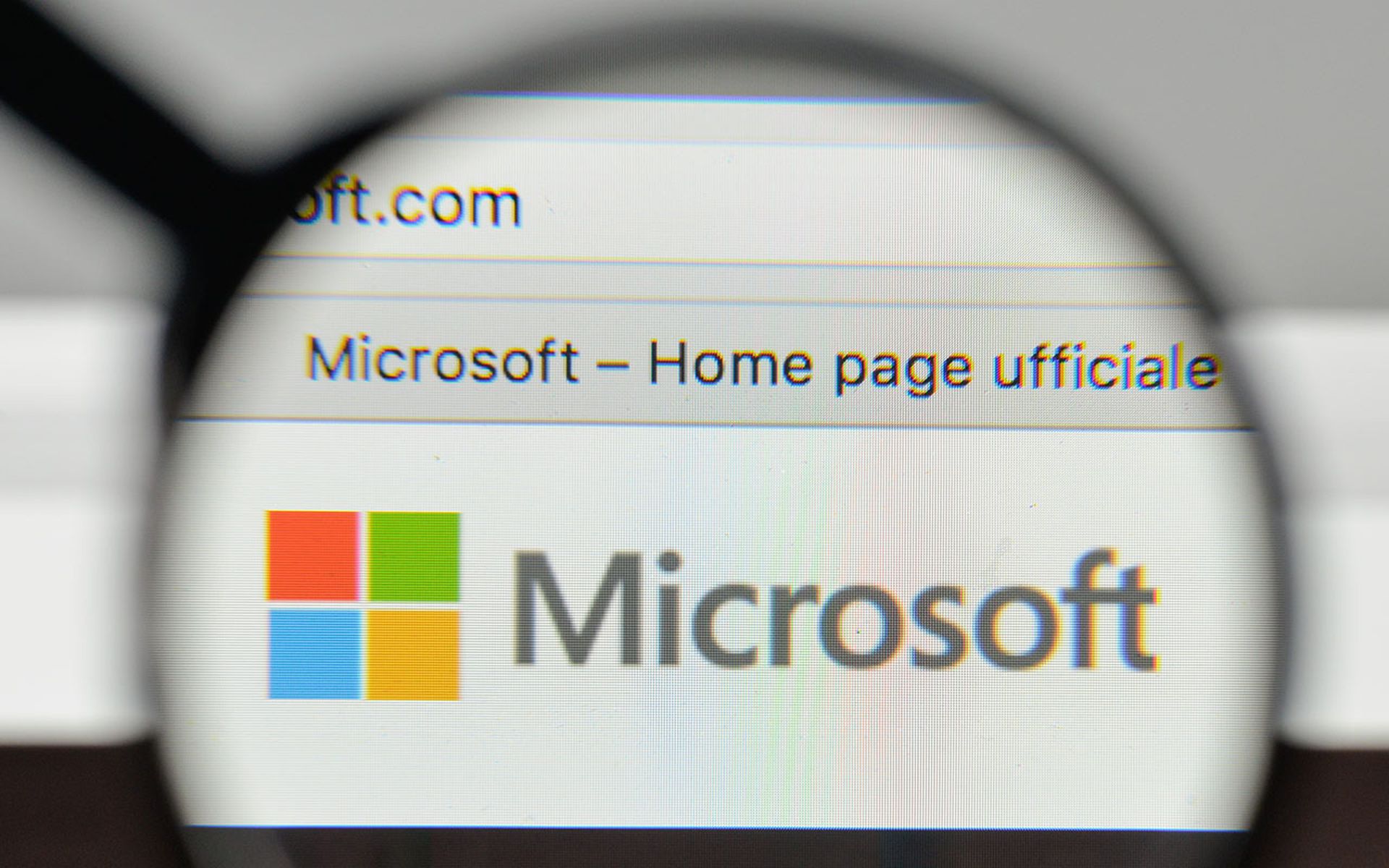After several false starts, Desktop as a Service (DaaS) seems to be gaining momentum in a slightly reinvented manner often called Workspace as a Service (WaaS). The latest evidence involves a growing partnership between Citrix Systems and All Covered -- the massive MSP owned by Konica Minolta.
Generally speaking, ChannelE2E views the Desktop as a Service market as a three-chapter story so far:
- DaaS 1.0: A promising but painful start. On-premises servers running hosted desktops. The big winners were thin clients that didn't have the horsepower to run full-blown Windows applications locally. The big losers were thousands of employees that suffered from boot storms and other performance issues over the network.
- DaaS 2.0: More progress as hosted desktops become available on public and private clouds. Dozens of startups emerge, but channel partners struggle to find financial models specifically designed for them.
- DaaS 3.0: Increasingly known as Workspace as a Service. The conversation moves beyond hosted Windows desktops and Office applications. Users gain access to all types of applications through the WaaS model.
DaaS 3.0 and WaaS Momentum
I'm not suggesting that DaaS 3.0 or Workspace as a Service is perfect. But I'm hearing anecdotal evidence that suggests the model is finally starting to gain traction. A few examples:
- All Covered was recently named the 2015 Citrix Service Provider Program Partner of the Year for Apps and Desktops by Citrix. The honor involves All Covered's momentum offering hosted apps and desktops services based on the Citrix Service Provider Reference Architecture. The seeds for that success were planted in 2012, when All Covered acquired Covisia Solutions -- a Citrix platinum partner in Massachusetts.
- CloudNation, a customized Citrix offering built atop Amazon Web Services, has been gaining momentum since Steve Ferman acquired the business in 2014.
- IndependenceIT says seat deployments for its Cloud Workspace Suite have grown 257 percent over the past 12 months. Admittedly, ChannelE2E doesn't know what the seat growth equates to in terms of revenue and potential profits. But MSPs can leverage Cloud Workspace Suite to manage and monetize hosted desktops, policy-based management, application provisioning, access control and more.
- MyCloudIT has been promoting desktop hosting in Microsoft Azure to MSPs, though we don't know if the service is catching on.
- OS33, launched in 2009, now has a nationwide network of service providers that offer the company's cloud desktop platform -- though I need to check in with the company for an update.
- TeamLogic IT, a nationwide network of MSPs, recently confirmed plans to embrace nGenx's nGenx nFinity nWorkspace platform. The nGenx system offers hosted workspaces, including applications, data and desktops. Sagiss, an MSP in Texas, also is embracing nGenx.
- VMware’s End-User Computing business grew over 30% year-over-year in Q4 2015, bringing the total annual bookings run rate to over $1.2 billion, the company said. Portions of that End-User Computing business involve on-demand workspaces.
Whom did I miss?
Remaining Challenges
Amid that anecdotal progress, it's important to note that many DaaS and WaaS platform providers are privately held and don't disclose revenue or profit figures. So the market's true performance and progress -- especially in terms of MSP profitability -- are difficult to measure.
Also, just about everyone is wondering if or how Microsoft will bolster its own desktop as a service offerings in Azure. And plenty of folks continue to monitor Amazon WorkSpaces for cloud-based desktops.
From where I sit, the DaaS and WaaS challenges are less about technology and more about financial models for channel partners. Many companies that promote DaaS and WaaS platforms to MSPs don't control the underlying code and must regularly manage licensing terms with Microsoft, Citrix, VMware and others. That makes financial modeling tricky over the long haul, since the code owners can adjust service provider licensing fees from time to time.
Moreover, many customers are no longer seeking to access their desktops from smartphones and tablets. Instead, they're willing to run local apps that have access to key enterprise data.
In short, it sounds like the WaaS market is growing at a healthy pace. But strategic IT service providers should carefully check key variables (financials, licensing terms, code ownership, data retention policies) before signing on with a WaaS or DaaS provider.




